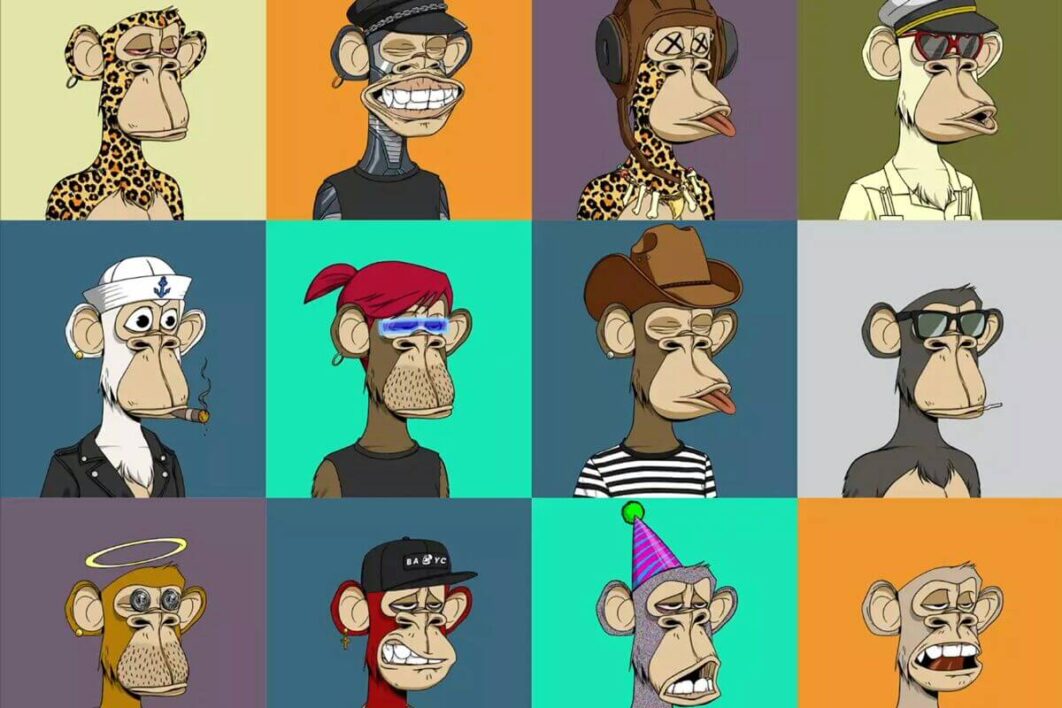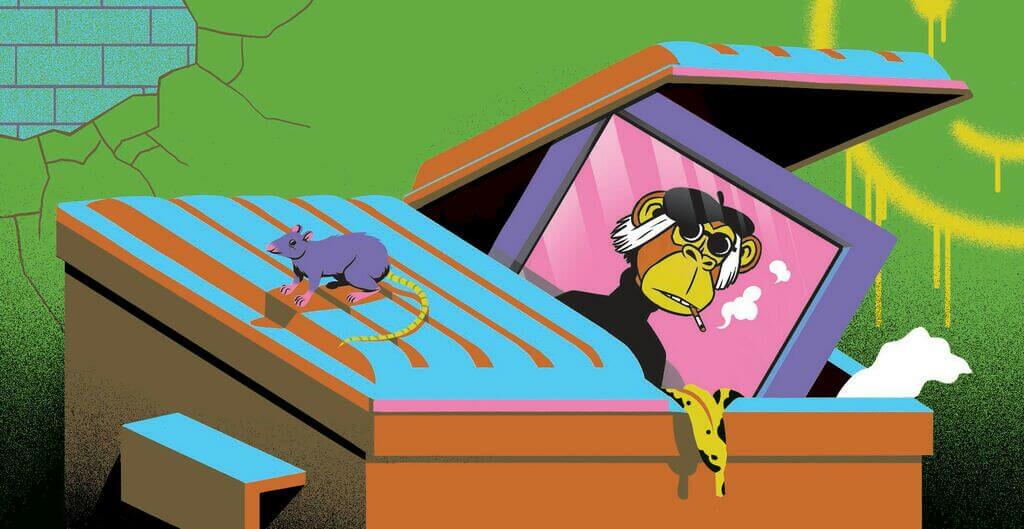In the vast and ever-evolving landscape of the digital age, there’s a new buzzword that’s making waves across the internet: NFTs, or Non-Fungible Tokens. But, what exactly are NFTs, and why is everyone suddenly so intrigued by the “weird” ones?
In this article, we’ll delve into the fascinating world of NFTs, explore the strange and extraordinary creations that have emerged, and understand why they have captured the attention of artists, collectors, and investors alike.
Table of Contents
ToggleUnpacking the NFT Phenomenon
Before we dive into the world of “weird” NFTs, let’s first clarify what NFTs are. NFTs are unique digital assets that represent ownership of a specific item or piece of content, often linked to a blockchain, typically Ethereum. Unlike cryptocurrencies such as Bitcoin or Ethereum, NFTs cannot be exchanged on a one-to-one basis because they have distinct values. NFTs, therefore, serve as a digital certificate of authenticity, proving ownership and provenance of a digital or physical item.
The Mainstream Rise of NFTs
In recent years, NFTs have experienced an explosive surge in popularity, thanks in large part to high-profile artists, celebrities, and even major corporations embracing them. While digital art, collectibles, and virtual real estate have dominated the NFT market, it’s the weirder, more unusual NFTs that have piqued the curiosity of the public.
The Appeal of Weird NFTs
So, what makes these weird NFTs so captivating? Part of the fascination lies in their novelty. NFTs have provided an entirely new medium for artistic expression and have expanded the possibilities for creators to explore unconventional, outlandish, and often bizarre ideas. This freedom of expression has led to the creation of NFTs that are unlike anything seen before. Here are some notable examples of weird NFTs:

- CryptoPunks: These are a set of 10,000 unique 24×24 pixel art characters generated algorithmically. Some look like humans, while others are aliens, zombies, or even apes. The weirdest aspect is that people have paid significant amounts for these seemingly random and primitive images.
- Beeple’s “Everydays”: Mike Winkelmann, known as Beeple, created a digital collage of 5,000 images, each representing one day of his life. The collection was sold as an NFT for a staggering $69 million. It’s weird in the sense that it questions the value of everyday moments.
- Mars House: A virtual house on Mars, created by artist Krista Kim, was sold as an NFT. While it may sound like science fiction, it represents a shift towards the virtualization of assets and property ownership.
- Virtual Real Estate: People are buying digital land and buildings within virtual worlds, like Decentraland and The Sandbox. This trend blurs the line between reality and virtual reality.
- Twitter Posts as NFTs: Some Twitter users have auctioned off their tweets as NFTs, which includes Jack Dorsey’s first tweet. Owning a tweet may seem unusual, but it has become a sought-after digital collectible.
The Investment Angle
Beyond the novelty, weird NFTs have caught the attention of investors. The market for NFTs, including the unconventional ones, has shown tremendous growth in value. As more collectors and investors flock to this space, there’s a potential for significant returns on investment, especially for those who can predict the next big trend.
Weird NFTs and the Art World
The art world has witnessed a significant shift with the rise of NFTs. Traditionally, artists had to rely on galleries and auction houses to get their work noticed and sold. Now, they can directly engage with their audience, sell their work as NFTs, and receive a fair share of the profits. This decentralization of the art market has democratized the industry, allowing artists to explore weirder, more experimental forms of art without the constraints of traditional gatekeepers.
Challenges and Controversies
While weird NFTs present exciting opportunities, they also come with their fair share of challenges and controversies. The environmental impact of NFTs, specifically on the Ethereum blockchain, has raised concerns due to the energy-intensive proof-of-work consensus mechanism. The market is also susceptible to speculation and price volatility, which can lead to unexpected losses for investors.
The Future of Weird NFTs
The popularity of weird NFTs shows no signs of slowing down. As technology advances, we can expect even more unique and bizarre creations to enter the market. The boundary between the physical and digital worlds will continue to blur, and the notion of ownership will evolve further.
Conclusion
The world of NFTs is undoubtedly a fascinating one, and the weird NFTs that have emerged have only added to the intrigue. They challenge our understanding of value, ownership, and art, while also offering exciting investment opportunities. As we move forward, it’s essential to navigate this evolving landscape with caution, understanding both the potential and the pitfalls.
One thing is clear: weird NFTs have carved out a significant space in the digital world, and they are here to stay. Whether you’re an artist, collector, or investor, it’s a trend worth watching and participating in as it continues to redefine the way we interact with digital assets.
